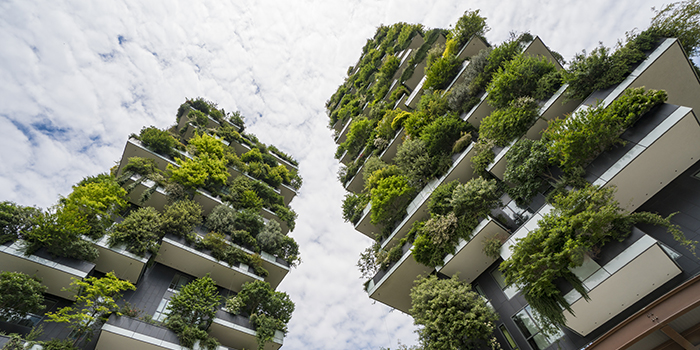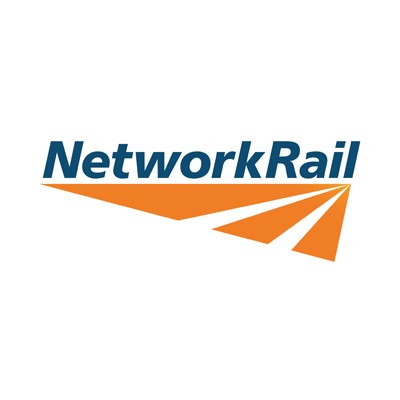
Improving Sustainability, One Building at a Time
Recent cases of extreme weather are a stark reminder that climate change is a very real phenomenon. From the floods sweeping across north-western Europe to the relentless wildfires engulfing Turkey, it’s painfully clear that drastic steps need to be taken if we want to save our planet.
Like many people, you may be asking yourself “What difference will anything I do actually make?”. But if everyone approached the issue in the same way, then we’d be heading towards a certain path of no return. The fact is, an accumulation of smaller changes can make a world of difference. If more businesses choose to review their own processes and improve the way they operate in a sustainable way, it lays the foundation for a promising future. What’s more, others are likely to follow in your footsteps.
There are numerous goals that companies can set to improve their environmental awareness. Educating staff members, promoting cycle-to-work schemes, improving recycling facilities within offices – these are all things that can help in the long run.
However, one solution that is often left out of the conversation is the use of Internet of Things (IoT) technology.
Smart IoT solutions have massive potential to transform companies and the way they approach sustainability. They’ve already helped countless businesses reach their net-zero goals, and the opportunity that these devices present for the future is impressive, to say the least. For a start, IoT technology is predicted to save more than eight times the energy it consumes by 2030. Experts also expect it to cut carbon emissions by one gigatonne (that’s one billion tonnes!) within this time. So, what makes these humble sensors so effective?
Devices like Invisible Systems IoT sensors constantly monitor and gather data across buildings, which is then fed into a personalised online dashboard, Real-Time Online. This data informs companies of areas of the business that could be improved from an environmental perspective.
For example, Invisible Systems sensors have the ability to monitor energy usage within buildings, allowing businesses to identify areas where usage is particularly high.
They can then take necessary measures to resolve the issue. This could involve sharing data with onsite workers to make them feel more inclined to turn off lights or machinery when they’re not in use. Having that information available holds people accountable for actions that may not be great for the environment, thus pushing them to contribute to the change. Incentives that encourage people to switch off lights or appliances when not in use can also be introduced, and progress can easily be tracked within Real-Time Online.
In a similar vein, reviewing energy consumption may also bring to light other issues which are leading to that usage. An example could be windows that are leaking heat in the winter and causing heating bills to soar. These windows can be fixed and replaced to improve insulation and reduce the number of hours that the heating is on inside the space.
Additionally, wireless sensors eliminate the need for manual checks, inspections and unnecessary visits to buildings and offices; any potential faults or unexpected entries can be detected remotely within the online dashboard. By only travelling to buildings when maintenance, repairs and security checks are essential, businesses can significantly cut down on transport emissions.
IoT technology is a gamechanger when it comes to the future of our planet. Smart sensors are empowering businesses to identify problematic areas inside their buildings and offices and tackle these head-on. The result? More and more companies are reaching their own sustainability targets and we’re inching closer towards the goal of becoming net zero by 2050.
How could Invisible Systems sensors improve the sustainability of your buildings? Talk to one of our experts to find out.








